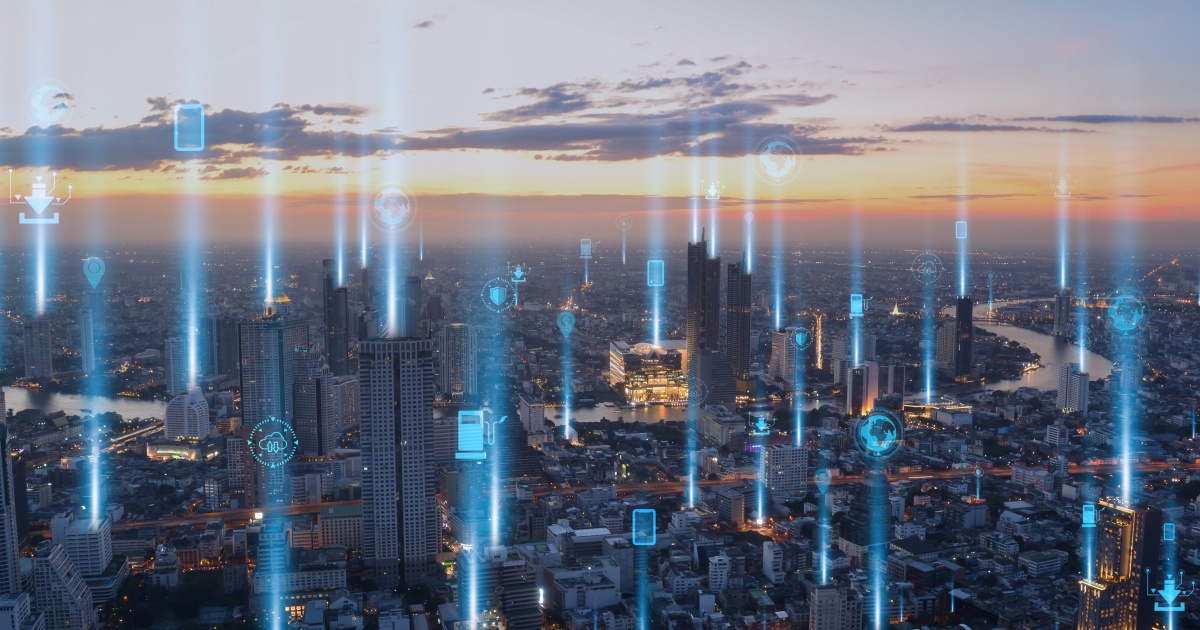
Let’s set the scene:
It’s 2022. The Johnny Depp-Amber Heard trial has reached unheard-of levels of public interest. Elon Musk purchased Twitter. Queen Elizabeth II passed. The pandemic came to an official close, per the CDC/WHO. The world’s population crossed 8 billion, the Beijing 2022 Winter Olympics took place, and obviously much more.
In the realm of IoT (following the massive work-remotely tsunami in the wake of COVID-19), there were clear market wins but also myriad market setbacks, including for the autonomous and sensor technology market, according to AltIndex.
But despite 2022’s challenges, this very same market – now the third-largest revenue stream for the global AI industry – has demonstrated real resilience. From its record-high peak of $31.5 billion in 2021, and then its significant 45% drop (hence the challenges), AltIndex says that the industry “is now on a trajectory of recovery and growth, with promising projections for the coming years.”
This AltIndex data paints an optimistic picture; specifically, it projects the global autonomous and sensor technology market to double in value by 2030. This would represent a staggering $55 billion.
That’s quite a lot of green being thrown IoT’s way.
This growth reflects a broader trend – the increased adoption of automation and sensor-sustained technology surging through various industries. As AltIndex describes, companies are actively seeking “better and more efficient monitoring and control systems,” as well as “real-time data that improves safety, which advanced sensors are able to deliver.”
Well, it’s 2024 and advanced sensors are indeed nigh-on ubiquitous; connected vehicles, smart residential buildings and factories alike, AI/ML, robotics, you name it.
And as both AltIndex and Statista Market Insights claim, these drivers are market growth show little sign of slowing down. Statista’s data aligns with AltIndex’s and points a huge IoT finger at expected growth in the transportation sector, followed by manufacturing. Statista predicts continued year-over-year growth of nearly 20%, pushing the market value to $30 billion by 2025. While the annual growth rate is expected to taper to 12% by 2030, the sector is still poised for eight consecutive years of double-digit growth, solidifying its position as a $55 billion industry.
Geographically speaking, the U.S. is actively generating nearly 30% of the total market value at the time of this article’s posting, with China and Japan (as well as Germany and India) in close market pursuit. Collectively, these five countries are expected to generate almost 60% of the total autonomous and sensor technology market value by 2030.
But also in that mix (and from data outside this particular AltIndex market analysis) is France. I read an announcement that came out Thursday of last week from a French microsensor developer – by deploying passive (and highly precise and energy-efficient) ruggedized microsensors, experts will be able to monitor bridge infrastructure more effectively; i.e. predictive maintenance, impact detection, fatigue and crack monitoring, etcetera. With nearly 250,000 bridges throughout the country, having additional dynamic instrumentation sensors a.) utilizes resources more effectively, and b.) fulfills a demand for adaptable, transposable solutions built around easily accessible data. (Read more on that topic here.)
And though “It just works.” sort of statements are far from foolproof, advanced sensors clearly do work and are being invested in – for individuals’ daily lives, for widespread business operations, and for a data-driven future.
Edited by Greg Tavarez




















